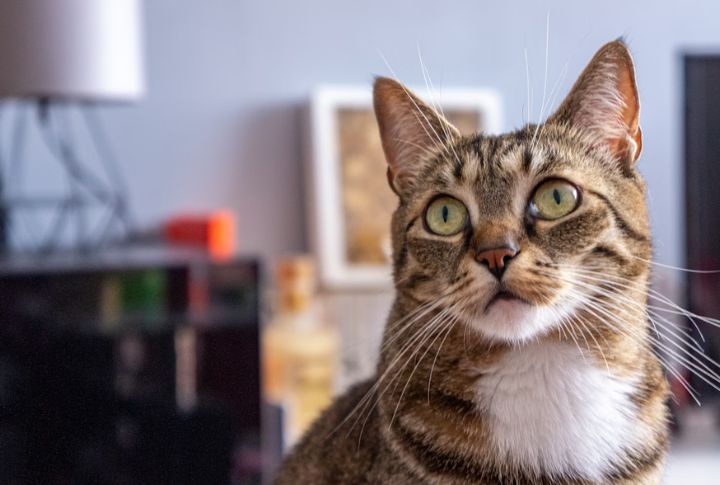
Bringing a feral cat indoors is more than offering shelter; it’s about shifting their entire world. What feels safe to humans can feel like a trap to them. These cats move through fear before they ever find comfort. Earning their trust takes time and a different kind of care. This article walks through simple, thoughtful steps that help turn fear into familiarity without rushing the process.
Let The Cat Set The Pace

It’s normal to want progress quickly, but a feral cat doesn’t follow human timelines. Adjusting to life indoors takes observation first, then slow curiosity. Let them watch from behind furniture and choose when to emerge. Respect for their pace becomes the foundation for long-term trust.
Offer A Small And Quiet Starter Space

Stepping into a big, unfamiliar house can feel more threatening than freeing. Feral cats do best when introduced to a single, quiet room first. The smaller space gives them something to manage emotionally and physically—a controlled zone where they can safely decompress.
Keep The Litter Box Far From Food
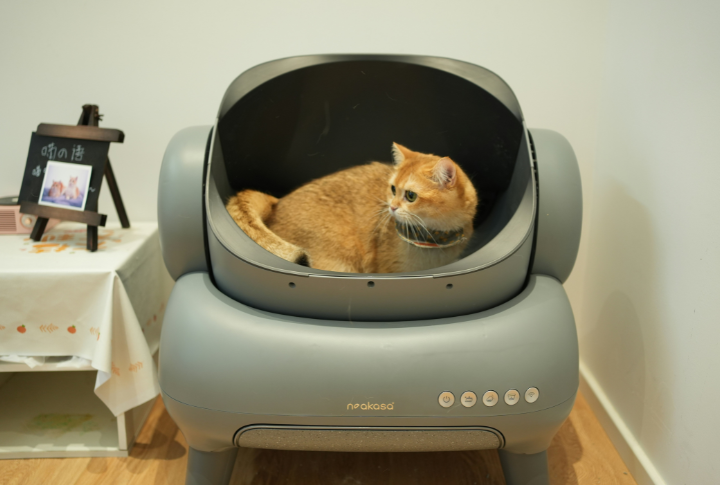
Cats rely on instinct, even in unfamiliar territory. One of the most basic behaviors is avoiding the place where they eat when it’s time to go. If the litter box sits too close to their food, don’t be surprised if they avoid both out of confusion.
Use Covered Hiding Spots, Not Open Beds
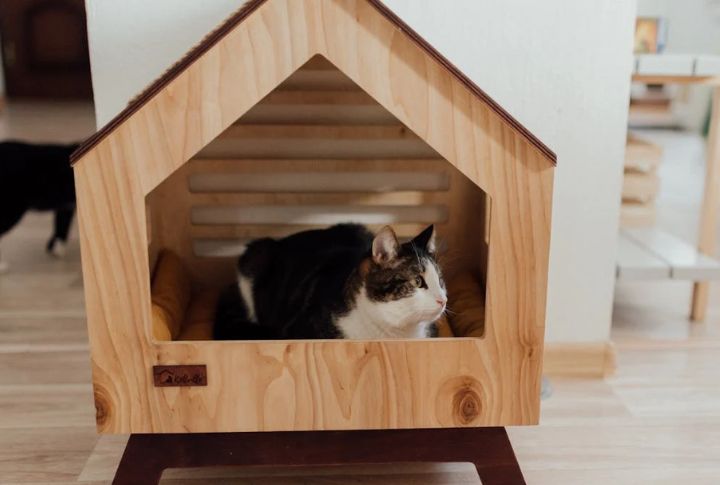
Just imagine being moved into a strange house after a traumatic experience and handed a bed with no walls. That’s what an open cat bed feels like to a feral cat. A box put away in the corner or a covered carrier gives them the shelter they’re wired to seek when scared.
Build A Feeding Routine

Every meaningful bond with a cat starts with something consistent. Feeding at the same time each day builds reliability, and this reduces fear. You’re not just delivering food—you’re offering structure. That routine becomes part of what the cat learns to trust and seek out.
Speak Softly And Move Slowly
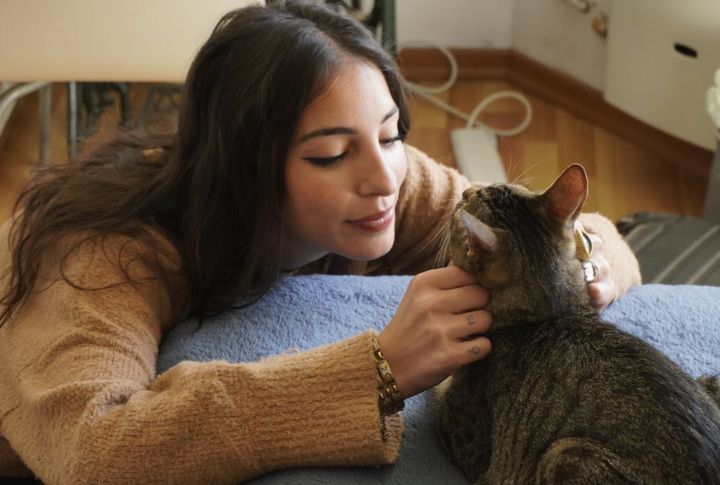
Nothing unsettles a feral cat faster than unpredictable movement. Keeping your voice low and your actions slow tells them they’re not in danger. Gentle, consistent body language helps them observe on their terms, which builds trust without forcing interaction.
Avoid Eye Contact At First
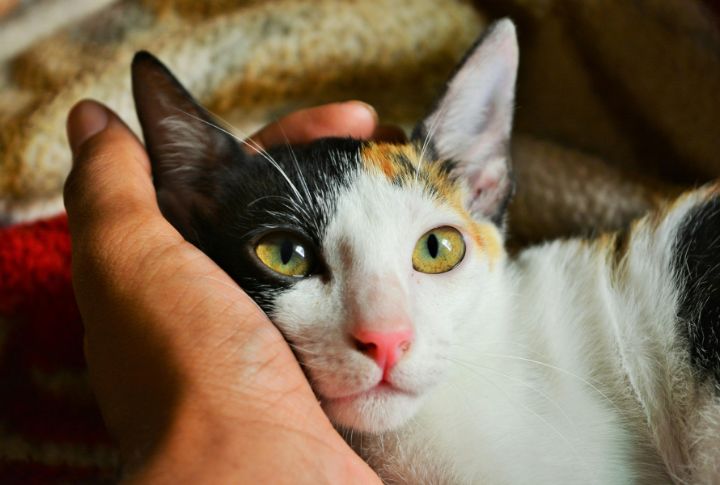
A long stare means something entirely different to a cat than it does to a person. In their world, it’s a challenge. Let your eyes soften, blink slowly, and look slightly to the side. It’s not submission—it’s the beginning of a silent agreement to coexist.
Use Interactive Toys From A Distance
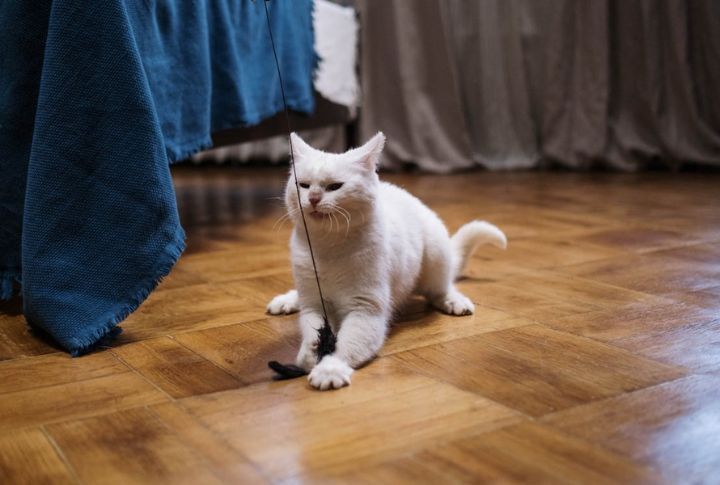
Play brings confidence, but only when it comes without pressure. Toys with long handles or feathers on strings let you offer interaction while still respecting space. In those moments of movement and curiosity, the cat builds control, and control makes the environment feel less risky.
Offer Vertical Options
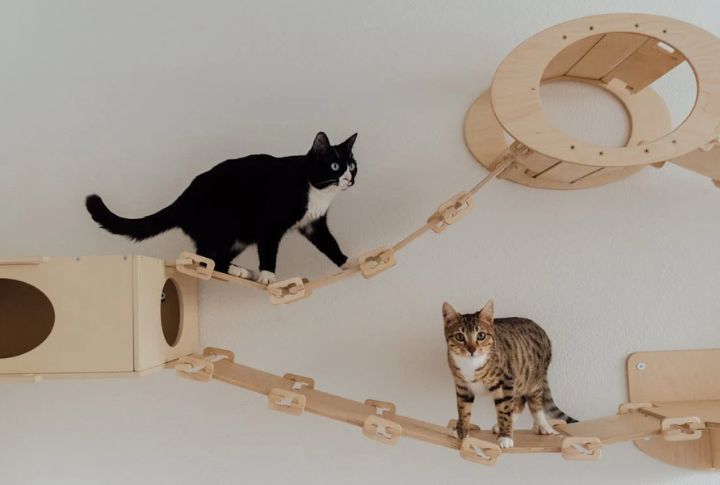
When things feel overwhelming, a higher spot helps cats regroup. A ledge or shelf gives them room to observe without being in the middle of everything. You’re giving them space without closing the door, which shows respect in a language they instinctively understand.
Be Patient With Touch
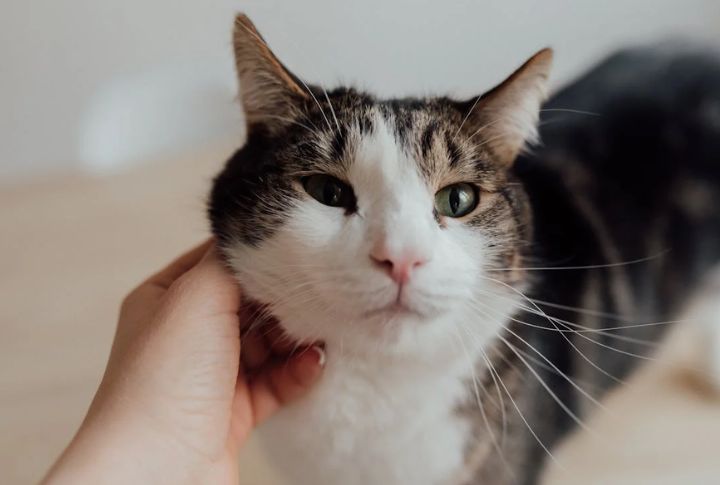
Some cats may take weeks to allow touch, and others may never enjoy it at all. That’s not a failure but rather a boundary. Let the cat come close on its terms. Touch becomes meaningful only when it’s mutual, not when it’s used to measure progress.

